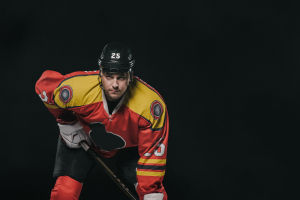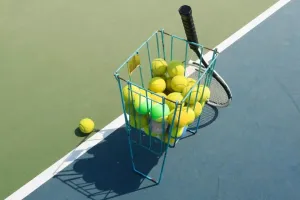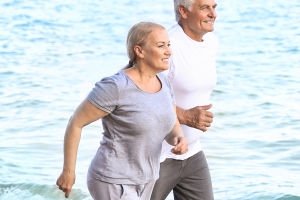How To Practice Kateboarding
Skateboarding has gradually become a favorite sport for young people. The skateboard consists of four parts.
Different parts use different materials:
1. Board surface: The board surface of the skateboard is generally made of five-layer, seven-layer, and nine-layer maple boards by microwave cold pressing, and there are also boards made of aluminum alloy, carbon fiber, and other materials.
All are upturned, the best is 7-layer Canadian maple plus carbon fiber, which can increase the toughness and wear resistance of the board.
2. Bracket: Made of aluminum alloy and high-strength steel. A good material depends on the toughness and wears resistance of the aluminum alloy and the steel bars at both ends.
The bridge distance of the skateboard bridge is different, and the width of the board is different for the skateboard bridge with different bridge distances, which makes the skateboard more flexible and easier to control.
The height of the bridge is also different. Higher bridges are suitable for larger wheels, and lower bridges are suitable for smaller wheels. It will be more comfortable, and it is not easy to cause the main bridge stud to break when the wheel hits the board surface or bends excessively.
3. Bearings: It is best to use ceramics as a material.
4. Wheels: Skateboard wheels are usually made of polyurethane material, with different proportions and different hardness of the wheels. Different hardnesses need to be selected according to different environments.
Beginners should pay attention to the following points before learning to skateboard:
1. Be prepared.
Skateboarding must first learn some preparatory actions, and the basic skills cannot be ignored. Don't think about it overnight. To prepare, stand on both feet and place the skateboard flat on the flat surface in front of your feet.
2. Practice the essentials of movement on the skateboard.
Start by placing one foot on the skateboard with the other foot on the ground.
3. Keep your body in balance.
Although we still put one foot on the ground, after all, the other foot is already on the skateboard and has been sliding forward, so we need to maintain a good center of gravity, practice body balance, and try not to fall.
4. Both feet are on the board at the same time.
When one foot is stable, place the other foot on the skateboard, leaning forward slightly, arms straight, and knees bent.
5. Slide forward with pedal force.
After practicing the balance on the skateboard with both feet, we can try to get the skateboard to move and go ahead.
Skateboarding is not only a physical exercise but there are other benefits:
1. Exercise children's balance and coordination ability
A one-and-a-half-year-old child can also ride a scooter. Although he stumbles when walking, he needs to be supported by his parents from time to time. It can exercise children's balance ability.
2. Exercise leg strength
The scooter mainly relies on one foot to push and slide forward. This exercise can be a good exercise for leg strength. Works great in other sports for beginners to develop balance and body coordination.
3. Help children's brain development
During the scooter ride, the children begin to master the process of skating on their own. They need to independently adjust the direction or speed of the swipe depending on the situation. This process stimulates the development of the child's nervous system and brain development.


